Or, twenty rolls of Ektachrome and the lies we tell ourselves. Or, how to be wrong.
Preliminaries
Why this mad thing?
I’m a photographer who uses film and makes prints in a darkroom: I like to make things which live on bits of paper, not screens. And of course I also like slightly impractical tools, especially tools which everyone else says are unusable. Until a few years ago I used reversal film if I wanted to make colour pictures. But there’s now no easy way to print from slides which doesn’t involve scanning, which I don’t enjoy. And reversal film is now just brutally expensive: I might while ‘working’ shoot ten rolls in a week, and that’s now hundreds of pounds of film.
I’ve always been a little interested in the Foveon cameras, both because people talk about them as being ‘film like’, but because people also talk about them as impractical, and finally because the dp2 Quattro has a 45mm-equivalent fixed lens which is ideal for me. But I held out for too long: there is, I am pretty sure, no current production Foveon camera, and I doubt if there will be more, at least at a price point I could even consider.
And then, while wasting time on the internet I saw someone advertising a dp2 Quattro, essentially new, complete with the loupe, for the price of 20 rolls of Ektachrome. And so I fell. This was in early December 2021: after six months I thought I knew enough to have an opinion and so I wrote a draft of this review.
Then, in early June 2022, I went to Appleby new fair for the first time since 2019 to make, mostly, film pictures and took the dp2 Quattro to use when I’d burnt my film allowance. And I found out that I was wrong and everyone else was, more-or-less, right.
What this is not
The dp2 Quattro is my second ever ‘serious’ digital camera: my first was the Ricoh GXR which I bought ten years ago. So what I cannot tell you is how it compares with modern digital cameras. I also don’t want to fill this review with technical details: those are available elsewhere. What I want to do is to give some kind of impression of what the thing is like to use and what it will do, from the perspective of someone whose background is film. In particular I find technical image quality uninteresting: I want pictures that make me want to look at them, pictures which cause some kind of emotional response, not pictures where the pixels pass some kind of purity test. For me, this is a better photograph than this (although not by much).
Other than for initial setup and occasionally for previewing images I have only used the camera with the loupe, which sits on the back of it and provides a somewhat Heath-Robinson EVF by looking at the screen, so that is what I will describe. I would not even consider using it without the loupe: I can’t use cameras which don’t have viewfinders.
Some things I did not want
If you look up Foveon cameras you will find a barrage of complaints that they’re not usable above ISO 400 (or 200, or 100), that they have no video, that you can’t take ten thousand images in a row, that the autofocus is bad, that the batteries last five minutes, that they run a dull red hot in use, that they don’t work underwater or in space, that they won’t compose and take the picture for you.
Fine. I am used to film, and I have almost never used film stocks above ISO 400. I actively don’t want video, and for me taking 70-100 pictures in a day is really a lot. And I thought that, since one of my favourite cameras is the Contax G2 which has single-point autofocus, that would be fine. If you want the things people complain about, the dp2 Quattro is probably not for you.
The camera
What it’s like
I think the best way to think about the dp2 Quattro is that it is a souped-up medium-format film camera: it’s rather small and light compared to a real medium-format film camera but it has many of the same characteristics: it’s really beautifully made (it is either cast aluminium or magnesium or something like that); the ergonomics are a bit questionable; and finally, although it is beautifully made, it is also a camera which is plugged together from bits. In particular the loupe slides onto a mounting plate which screws into the tripod socket: the whole arrangement is, not exactly rattly, but also not quite as solid as you would like. Anyone who has used a medium-format camera with changeable film backs and viewfinders will know what this is like.
It is an odd shape, there is no denying. Almost all controls you actually need – shutter release, power switch, preset selector, two anonymous rotary knobs, one of which is around the shutter release, and a little set of buttons which let you do things with focus – are easily accessible, but the row of buttons on the back is harder to reach. That’s mostly a good thing from my perspective as I want to take pictures rather than fiddle with settings. The one thing that’s wrong is that the AEL button is one of that row, and that is a button I sometimes want while using the camera.
I like that the dp2 Quattro doesn’t look like a film camera: if I wanted the aesthetics of a film rangefinder I’d use a film rangefinder. I want digital cameras to look like something that has leaked in from a better future that never will happen, and this does. With the loupe attached people sometimes assume you are carrying some kind of video camera: I was approached several times by photographers at Appleby asking what it was. But only by photographers: it is not as generally noticeable (or as ostentatious) as a Leica.
I find it moderately comfortable to use although it could be better. The loupe has a big advantage if you are left-eyed like me, as it means that the body of the camera is not pressed into your other eye all the time. My main problem is carrying it: if you’re not careful the loupe can slide off the back (I’ve so far caught it before it actually came off the camera). I discovered at Appleby that the trick is to wrap the strap around the loupe.
Another problem is the weird shape with the loupe attached: I have a smallish camera bag into which I can fit any of my 35mm cameras, enough film, and lunch. I can also fit the dp2 Quattro and a spare battery in this bag, but only if I take the the partition out of it so it gets mixed up with the lunch. That’s annoying, and yet one more way it’s like a medium or large-format camera for me.
I have carried it all day out of a bag however: it’s light enough.
The inevitable section on configuration
I found it not impossible to set up in a way that seems sensible by reading the manual which is not enormous. The menu system didn’t make me nauseous. I have two-and-a-half presets: one which is colour, raw, strapped to ISO 100; the other is B/W, raw (see below for what this means), with auto ISO which I’ve limited to be 100-400. I can’t remember what the third is. Both my presets are set to underexpose slightly: people say you should treat Foveons like film and expose for the shadows but I don’t think this is correct, and also I would far rather lose detail in shadows than have blown-out highlights.
In programmed auto mode one of the two anonymous knobs slides exposure/aperture left or right (1/100 at f/5.6 to 1/50 at f/8 say) and the other under or over exposes by up to 3 stops either way. That is all you need to get almost any exposure you want: there is almost never a reason to use anything but programmed AE on any camera which lets you do this, especially if it has a slightly ‘sticky’ memory so you don’t have to reset each time you refocus, which the dp2 Quattro does.
The dp2 Quattro has a nice feature which is that you can define and save a number of presets for what is in the viewfinder. The preset I use most has just a graticule marking the 1/3 & 2/3 lines (the focus point/indicator is always visible as is the speed/aperture/compensation outside the image area at the bottom): this makes the whole camera just get out of the way, which is good.
There is a nice AF/MF mode which means that a touch on the focussing ring will drop it into manual focus with a magnified image.
In use
Since people said that it is impossible to use for street portraiture this is what I bought it for.
The viewfinder / the loupe
The viewfinder is big: it’s roughly life size. But it’s annoyingly laggy, the frame rate isn’t high enough, and the screen needs to be higher resolution. And if you wear glasses it is hard to see the corners of the frame. Many cameras suffer from this last problem however, including my beloved Pentax MX, so I’m used to it.
And of course it has the big disadvantage of any EVF: the camera has to be on, so you can’t just lift it to your eye and decide if there is a photograph worth taking. For me this is a big disadvantage of any digital camera: the thing is either on and eating away at its batteries, or it’s off, and it takes non-zero time to go from off to on. For many film cameras things are different: if the shutter release is unlocked then you can simply raise the camera to your eye, compose, focus and make a picture. Or not: there is no ‘turn the camera on and wait for it to boot’ impediment. And the only reason to ever lock the release is when the camera is in a bag and you don’t want accidental exposures.
The lens
I expect it is optically superb: certainly I have noticed no problems with it. But all optically superb lenses of a given focal length and aperture are asymptotically the same lens: I’d rather have a slightly interesting lens than yet another identical perfect lens. And it is too big and too heavy: in order to make it as optically good as it is it has a vast surfeit of elements. And at f/2.8 it’s too slow: given the sensor works best at low ISO another stop or two would be really useful. I have 50mm f/1.4 lenses which are a third the size of this thing. Of course they are not as close to optically perfect, and what the market wants is optically perfect, even if you need a lorry to transport the thing.
But there is nothing actually objectively wrong with the lens.
Taking pictures
Again: the dp2 Quattro is a small medium-format film camera. I carry cameras in my hand and it is slightly awkward to carry comfortably especially compared to the kind of cameras this site is named after, which often pretty much fit in the palm of your hand. I think it would be very awkward slung around your neck. But it’s much less awkward than a big MF camera like the big Pentaxes. I don’t know how it would compare with a big professional (D)SLR: lighter perhaps but more awkward?
Some of the reviews imply that it is really only at home on a tripod. This is rubbish: if you can make pictures with ISO 100-400 film hand held you can make pictures with this. They might not be pixel-level sharp sometimes, but if you make a 12×16 print of them no-one but you will ever know. The shape of the camera makes it quite easy to hold rather stably.
It takes perhaps a second to boot. That’s not too long although it could be faster. I am working on learning to press the power button before I raise the camera to my eye, so the boot time gets overlapped with the time to lift it and becomes in effect zero.
It has a leaf shutter, and is therefore really quiet. If it was not such an odd shape it would be a very discrete camera. There’s no shutter lag that I can detect: it takes the picture when you ask it to.
It will buffer 7 (raw) frames but beyond that it does take a while to write them. Seven frames is a fifth of a roll of 35mm film, so this isn’t going to be ideal for sports, but for general use it’s fine. It shows you how many frames you have left in the buffer, which is nice.
Battery life is not enormous. But for someone used to film like me, who treats 100 frames a day as vast extravagance, it’s more than adequate: At Appleby I carried the spare battery but never had to swap.
In summary: it doesn’t vanish in use the way a really good film camera can, leaving just you and what you are photographing. But without great strength of character any camera which allows you to chimp won’t vanish that way. But, for me, it is not intrusive to use: I have carried it for days now.
The curse of autofocus
This is where everyone gets to say ‘you fool, what were you thinking?’ and where I learn to look before I leap.
There are two ways I use manual-focus cameras for subjects which are moving through the focal plane: either I work out where I want to take the picture, focus there ahead of time and wait for the right moment, or I manually track the subject by adjusting focus continually. The first technique works well with rangefinders because you can only track focus if the subject is in the rangefinder patch which often they are not. The second technique works well with SLRs with good focussing screens, where ‘good’ means that you can assess focus well out of the central area of the screen. Fast lenses also help in this case of course. Both techniques rely on the camera taking the picture when you tell it to do so and not even slightly later. At Appleby I’ve previously used rangefinders but this year I used an MX with the lovely Pentax 50/1.4 lens, which is ideal for the second technique: for instance I wanted to take pictures of people arriving at the fair in vardos and you can just track focus on the person until the moment you take the picture.
The dp2 Quattro taught me a lesson: slow autofocus is all but useless. If you’re going to take pictures where the subject is moving through the focal plane with an autofocus camera, the camera either needs to acquire focus (somehow working out what you want to be in focus) and take the picture in a small fraction of a second, or you need to tell it in advance what the subject is and it needs to track the subject as it moves so it is always in focus at the point you decide to take the picture. Or you could give up on autofocus and revert to one of the above techniques.
Well, the dp2 Quattro’s autofocus is not up to either of these things: not anywhere near. It doesn’t track subjects and it is not nearly fast enough to acquire focus from cold. And the manual focus techniques turn out to rely on viewfinders which are much less laggy and jittery than the dp2 Quattro’s as well as a ‘focussing screen’ which is much more precise, which would require a faster lens1.
So now you can laugh at me. There are many things you can do with the dp2 Quattro; but there are plenty of things you simply can’t do because the autofocus is not up to it and the manual focussing aids are inadequate. Despite what people say the sensor is fast enough, it will write images fast enough, the battery life is long enough and the controls are fine … but if you can’t get images in focus, or you miss them altogether as the autofocus makes its mind up then all the things that aren’t problems don’t help. People were almost entirely wrong about the Sigma dp cameras. But they were right about this, and that’s enough2.
The joy and horror that is Sigma Photo Pro
First things first: it will write DNG files. But they are vast: about 100MB each. I use the native X3F because they are smaller (50MB), the bit depth is greater and I assume that SPP will understand them well. Even the X3F files seem very big to me. The camera can produce JPGs from X3Fs itself and the results are reasonable. But when it does so it doesn’t preserve either enough metadata or the file name, which is annoying.
And SPP does work, but it certainly is slow. And I worry that it will fade away if Sigma give up on Foveon (I don’t think there is a native M1 version for the Mac). Affinity Photo will, it is claimed, handle X3F: I have not tried it. Other than in one respect I am not going to talk about SPP.
That one respect is the B/W raw workflow. If you tell the camera to write raw B/W images, what it does is to write colour raw files with a flag in them that says ‘this file wants to be B/W’. And then when you look at the preview, or process the file in SPP, everything knows it wants to be B/W: you never see the colour image, unless you select some obscure control (all controls in SPP are more-or-less obscure) and say ‘I have changed my mind, show me the pretty colours’. That turns out to matter to me: once I’ve seen the image in colour I find it hard to think about it in B/W, so never seeing it in colour really helps.
But there is more. SPP shows you special controls for B/W rather than just disabling the colour ones. For instance you get a set of essentially toning controls which let you make the image slightly warm or cold and so on. I don’t use these: I do that in Pixelmator based on the TIF from SPP. But you could.
And finally, because the files are really colour, you can apply colour filters to them the way you would do in front of the lens for film. If you want dark skies and bright clouds you can apply a red filter in SPP, and so on. That’s just great, I think.
What it will do
Or, some pictures. Except where otherwise mentioned these have been suitably massaged to make them (I think) look like they should: I think that’s more interesting than looking at out-of-camera raw files. None are cropped.
As west Devon’s leading cow photographer I can report that my clients are extremely pleased with the results from the dp2q:
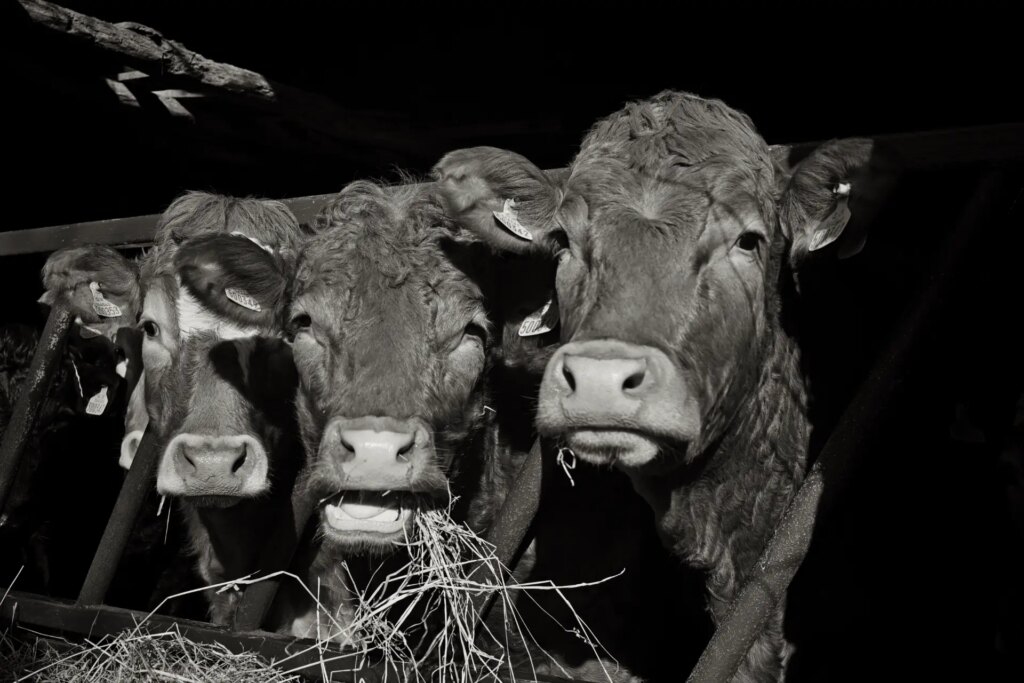
In-camera JPEG conversion gives adequate results:
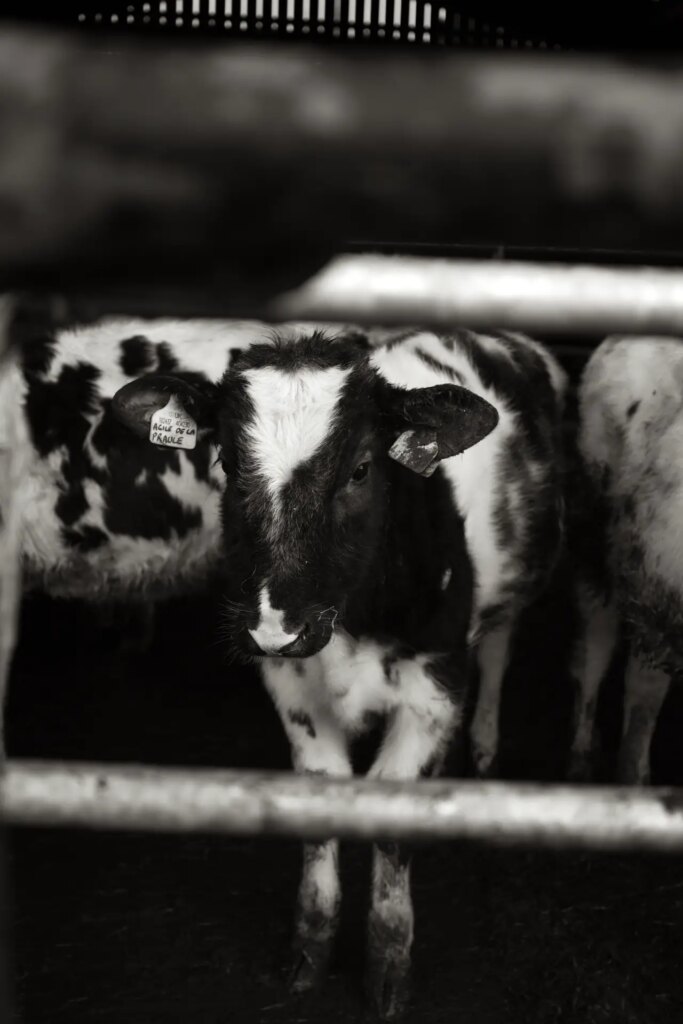
A recent escape to an alternative present also yielded satisfactory results:
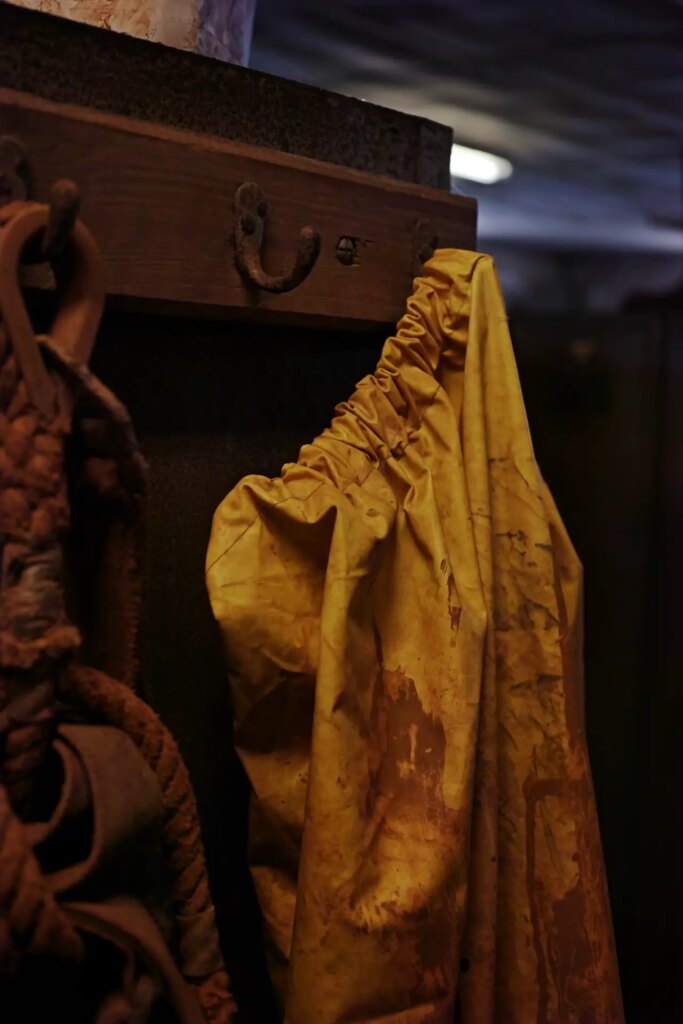
And from a different alternative recent past:
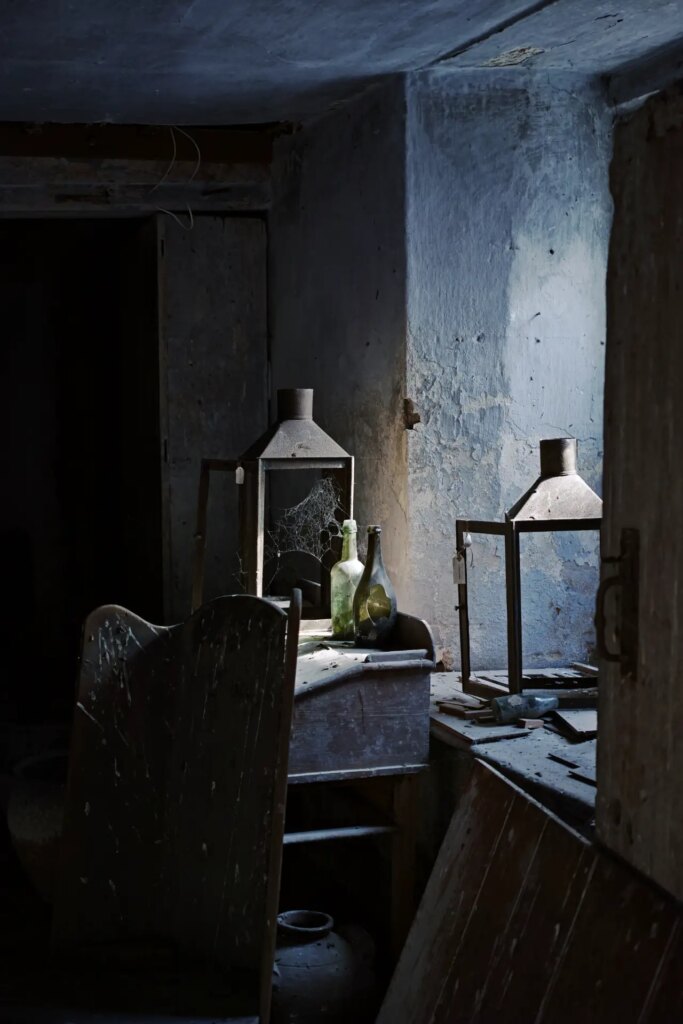
Vardo arriving at Appleby new fair, 2022 (some posterising in the sky as it’s pretty much a burned-out-highlight which I’ve then darkened, but worth it for the detail in the shadows here):
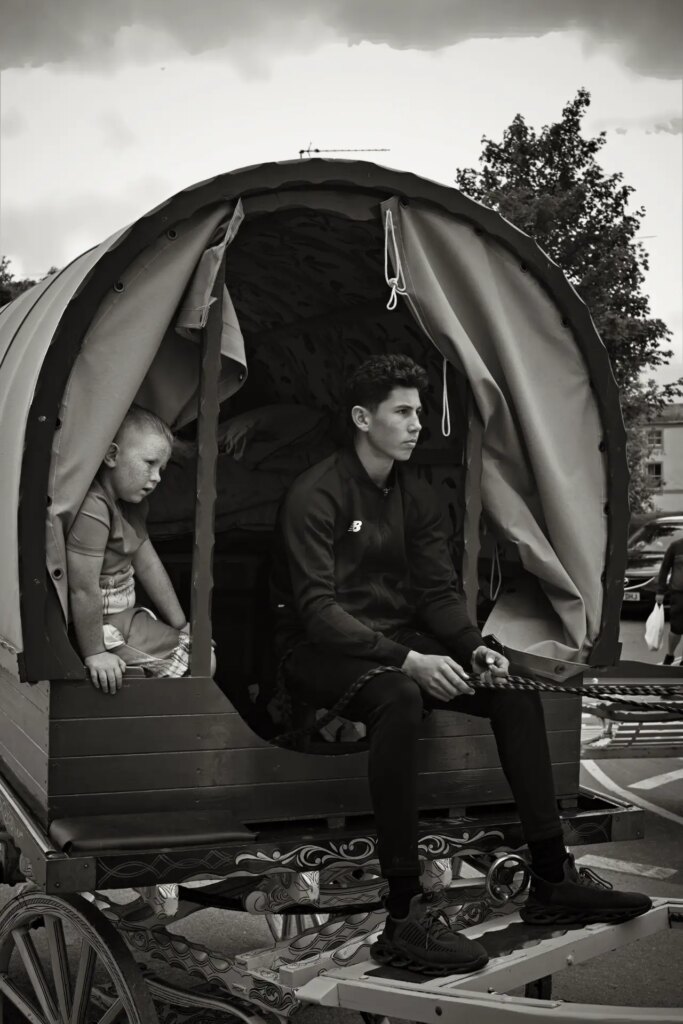
Trap, Appleby, 2022:
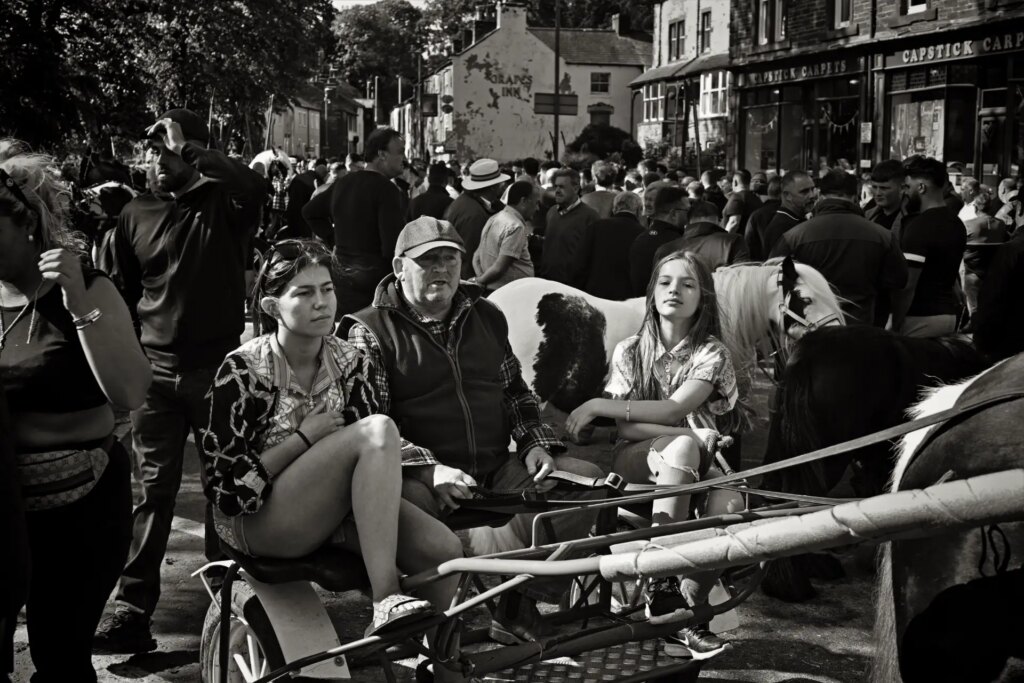
In summary
For want of a nail …
I would like a better viewfinder / loupe; I would like it to be a little bit more comfortable to hold; I would like the lens to be smaller and faster. I would like SPP to be quicker and I would like to not be living in fear that the whole ecosystem is orphaned. I would like the whole thing to be a little more transparent to use. I would like it to be more like a small 35mm film camera than a medium-format film camera.
Its feature set is almost perfect for me: it is simple enough to understand and entirely lacks the usual encrustation of useless additions: I don’t need to be able to shoot video on the dark side of the Moon. It is not inconvenient to use. The images it makes, both B/W and particularly colour, are just lovely I think and a camera is, above all else, a machine for making images.
A digital camera can never be what a film camera or a guitar is: no one has ever wanted to be buried with one, because they are transient things. But the dp2q is OK, and more than OK. And it cost me the same as twenty rolls of Ektachrome: in a little over six months of mostly casual use I’ve kept about ten rolls of images from it, so if it lasts another year it will have justified itself.
… the kingdom was lost.
But unfortunately for many purposes, it either won’t focus, or won’t focus nearly fast enough, and that’s really quite limiting for me.
- There are some ways you can restrict the autofocus to make it faster: you can limit the distance range which makes it better but not enough better, or you can let it blank the screen during focussing which is horrible. ↩︎
- As an aside: I have realised that I would much rather have a camera which really supported manual focus seriously than one which tried to second-guess me either by tracking the subject after I’ve told it what it is, or by working out what i want to be the subject and keeping that in focus. Especially since, in the second case what it thinks I want to be the subject will inevitably be white, pretty, girls because the training set fed to its neural network was biased. Thanks, but no thanks: let me make the decisions, please ↩︎
Share this post:









Comments
Gournis Panagiotis on Sigma dp2 Quattro – Out of Left Field – An Opinionated Review
Comment posted: 27/06/2022
Comment posted: 27/06/2022
Tim Bradshaw on Sigma dp2 Quattro – Out of Left Field – An Opinionated Review
Comment posted: 27/06/2022
Ron Peters on Sigma dp2 Quattro – Out of Left Field – An Opinionated Review
Comment posted: 27/06/2022
Comment posted: 27/06/2022
Mark C on Sigma dp2 Quattro – Out of Left Field – An Opinionated Review
Comment posted: 28/06/2022
Comment posted: 28/06/2022
Dave on Sigma dp2 Quattro – Out of Left Field – An Opinionated Review
Comment posted: 28/06/2022
Between the horrifically bad viewfinder and the shutter lag, I decided not to buy one - the lack of video did not bother me, the slow write-to-card times did not bother me.... but having to guess at each and every image taken was just too much for me....
So I bought a medium format camera instead......
Joaquim on Sigma dp2 Quattro – Out of Left Field – An Opinionated Review
Comment posted: 29/06/2022
Especially loved the super impressed clients☺️
Thank you for the time and efforts behind this honest yet respectful article.
sdQ user here:)
jason gold on Sigma dp2 Quattro – Out of Left Field – An Opinionated Review
Comment posted: 29/06/2022
Comment posted: 29/06/2022
Jasper T Kauth on Sigma dp2 Quattro – Out of Left Field – An Opinionated Review
Comment posted: 30/06/2022
The photos are beautiful, too.
Paul on Sigma dp2 Quattro – Out of Left Field – An Opinionated Review
Comment posted: 01/07/2022
You can use auto focus then go manual (pre focus) it kept that focus distance
, in black and white, using the blue channel you can shoot to pretty high iso (switch it in post production)
I love the black and white. I think it looks delicious.
I stuck a frame on the back of mine for a viewfinder attachment, and it shades the screen really well... I don't think I've ever actually used the actual attachment.
The leaf shutter is really nice and you can shoot at longer exposure than you think or can do with normal camera's.
I've tried the odd shaped one and really didn't get on with it, the dpm body is just alot better.
Comment posted: 01/07/2022
grain_frame on Sigma dp2 Quattro – Out of Left Field – An Opinionated Review
Comment posted: 07/09/2022